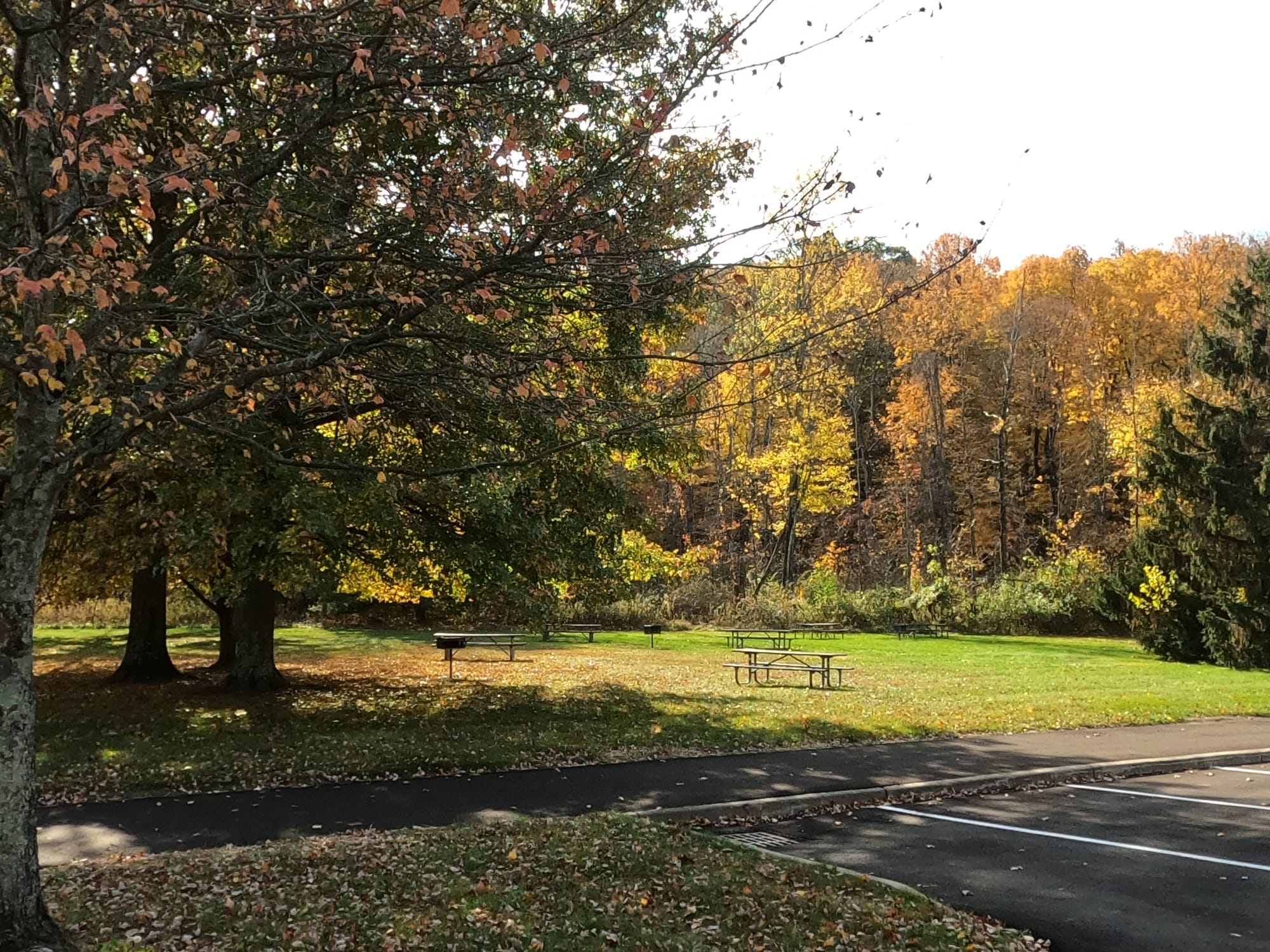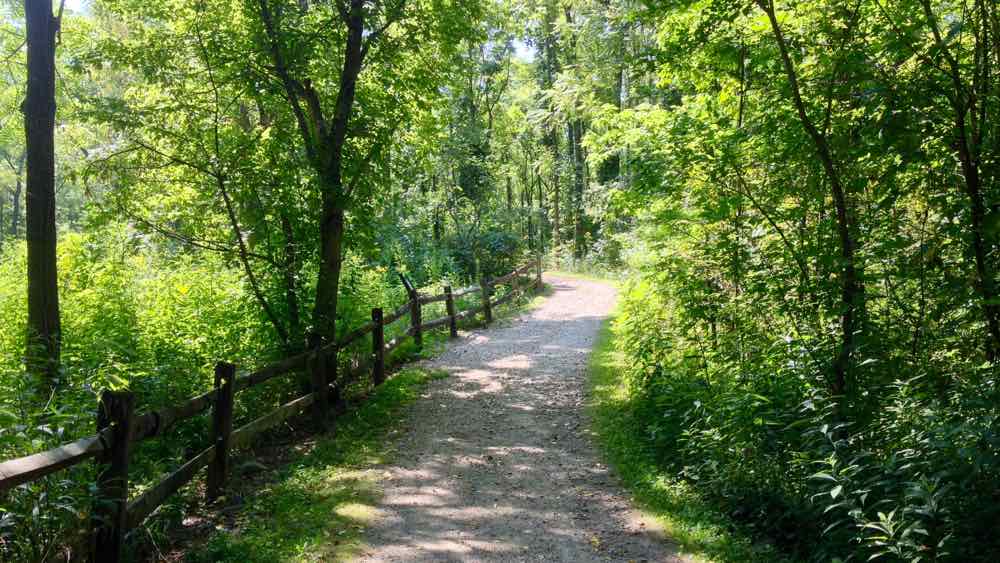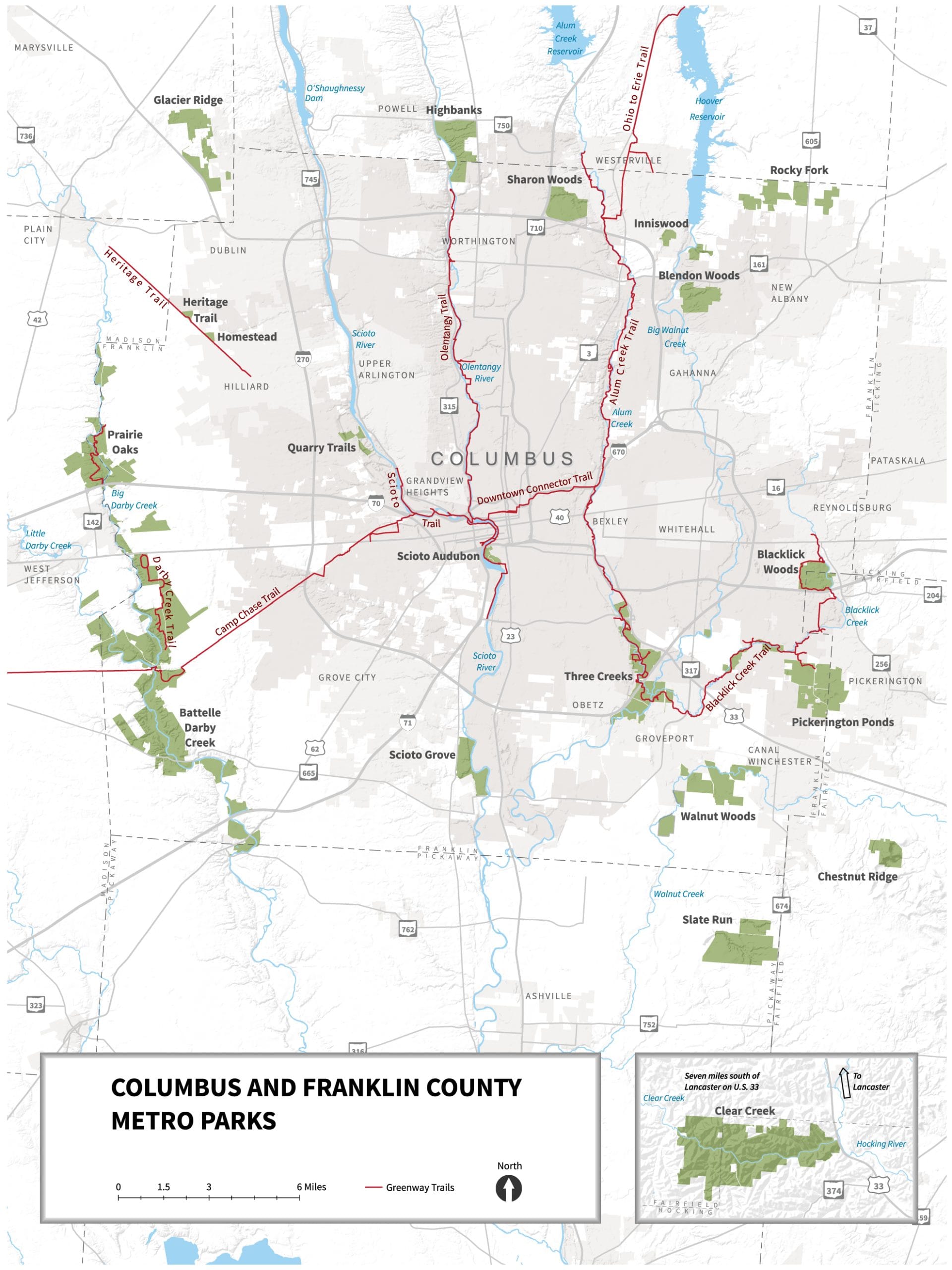Chestnut Ridge Metro Park, located in Licking County, Ohio, is part of the Columbus and Franklin County Metro Parks system. It covers around 1,000 acres and features a mix of woodlands, meadows, and scenic vistas.
Chestnut Ridge is the first ridge in the foothills of the Appalachian Mountains and it offers beautiful views of the surrounding park. The ridge rises to about 1,116 feet and it’s covered in black oaks, shagbark hickories, and northern red oak trees on the upper slopes. From the top of the ridge, you usually can see the Columbus Skyline to the northeast. Lower slopes have sugar maples and American beech trees.

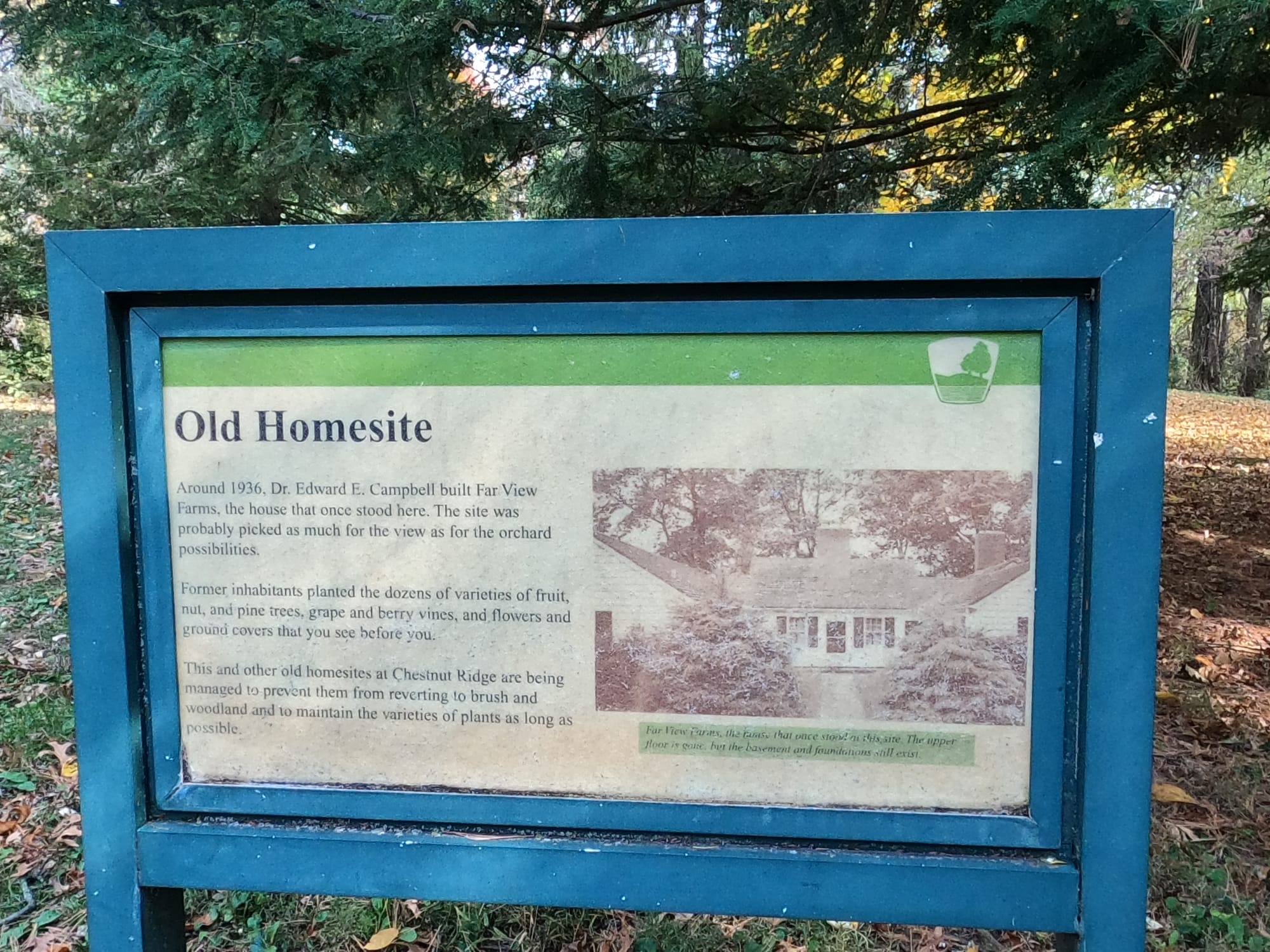
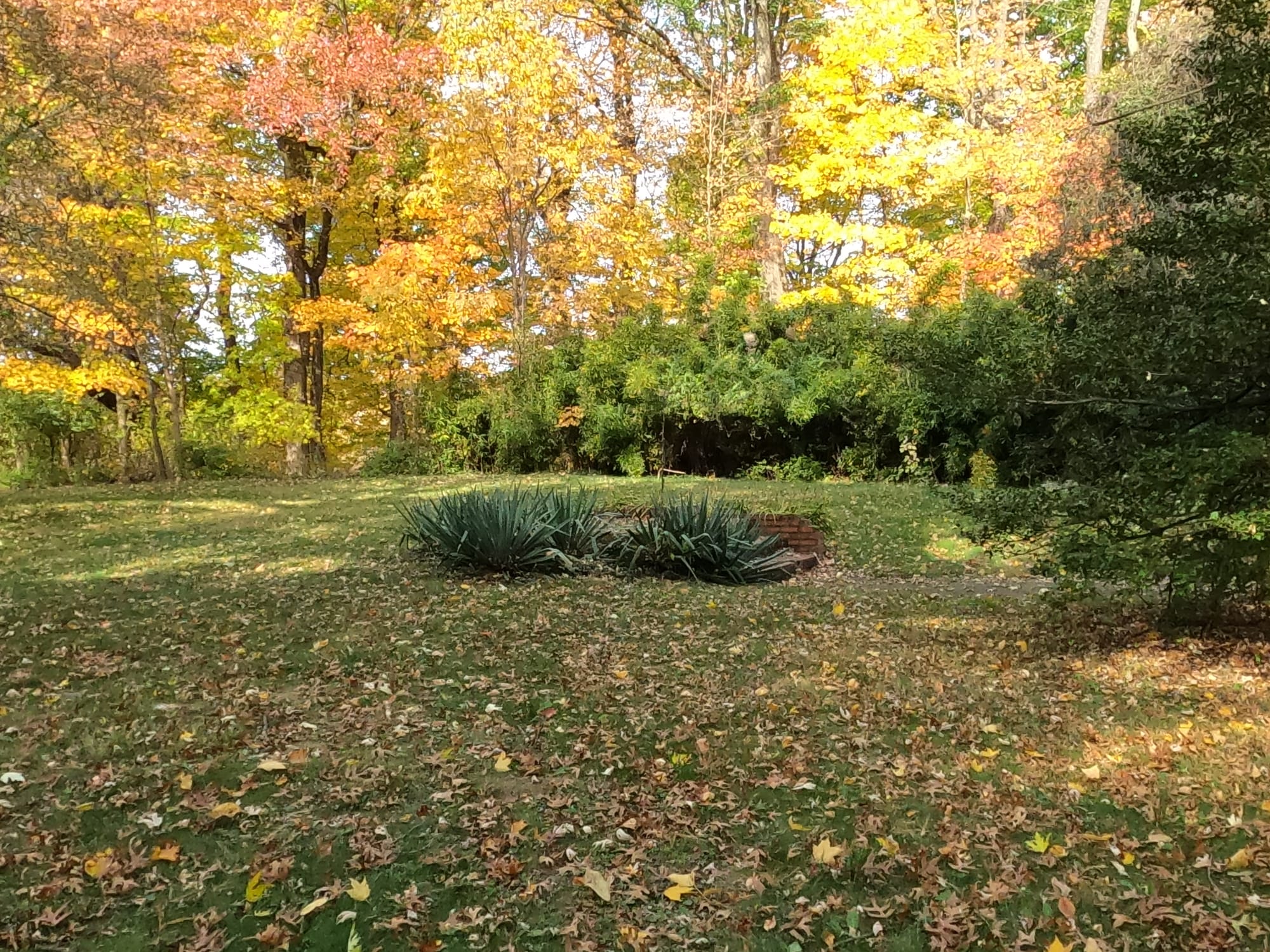
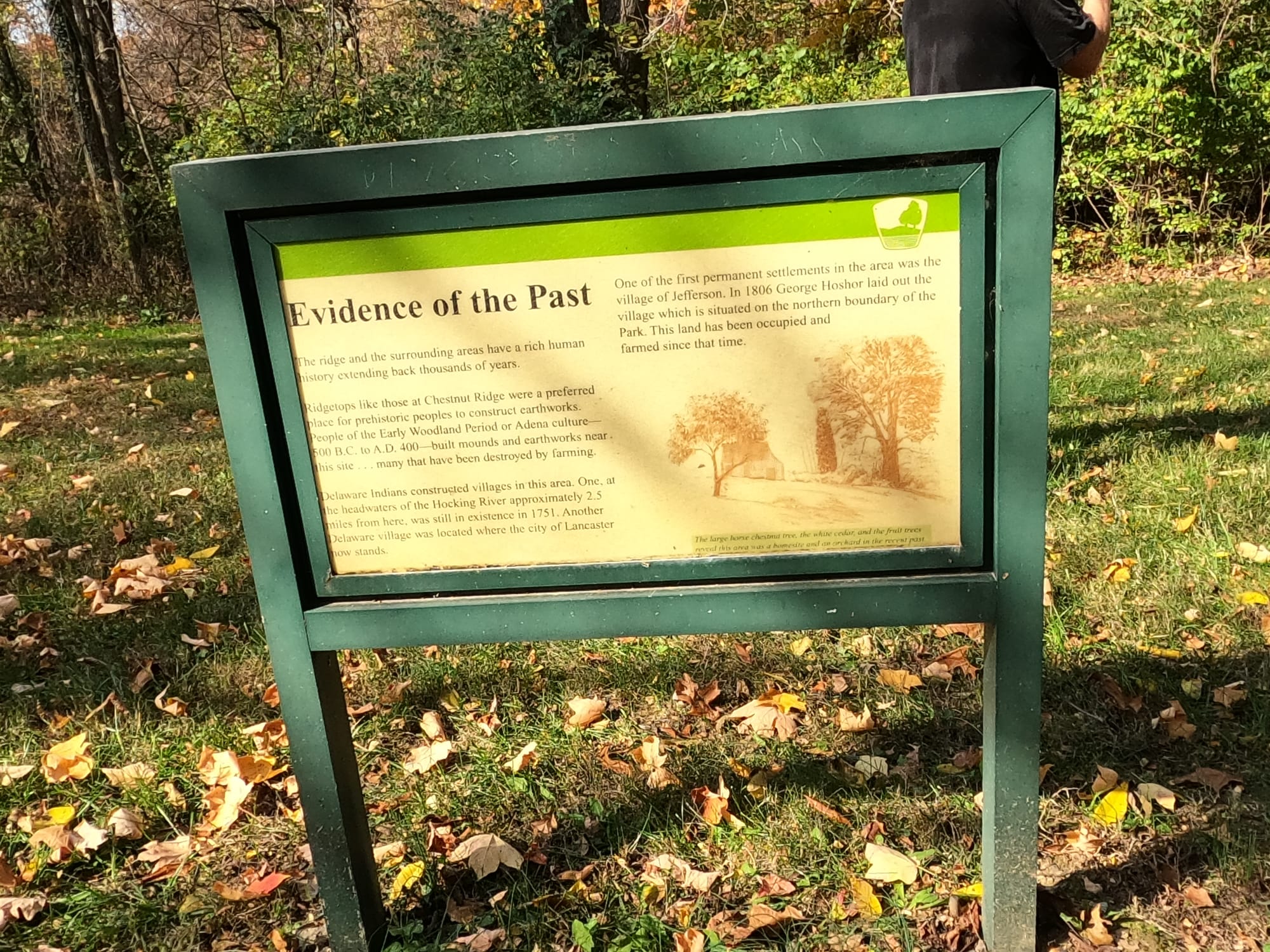

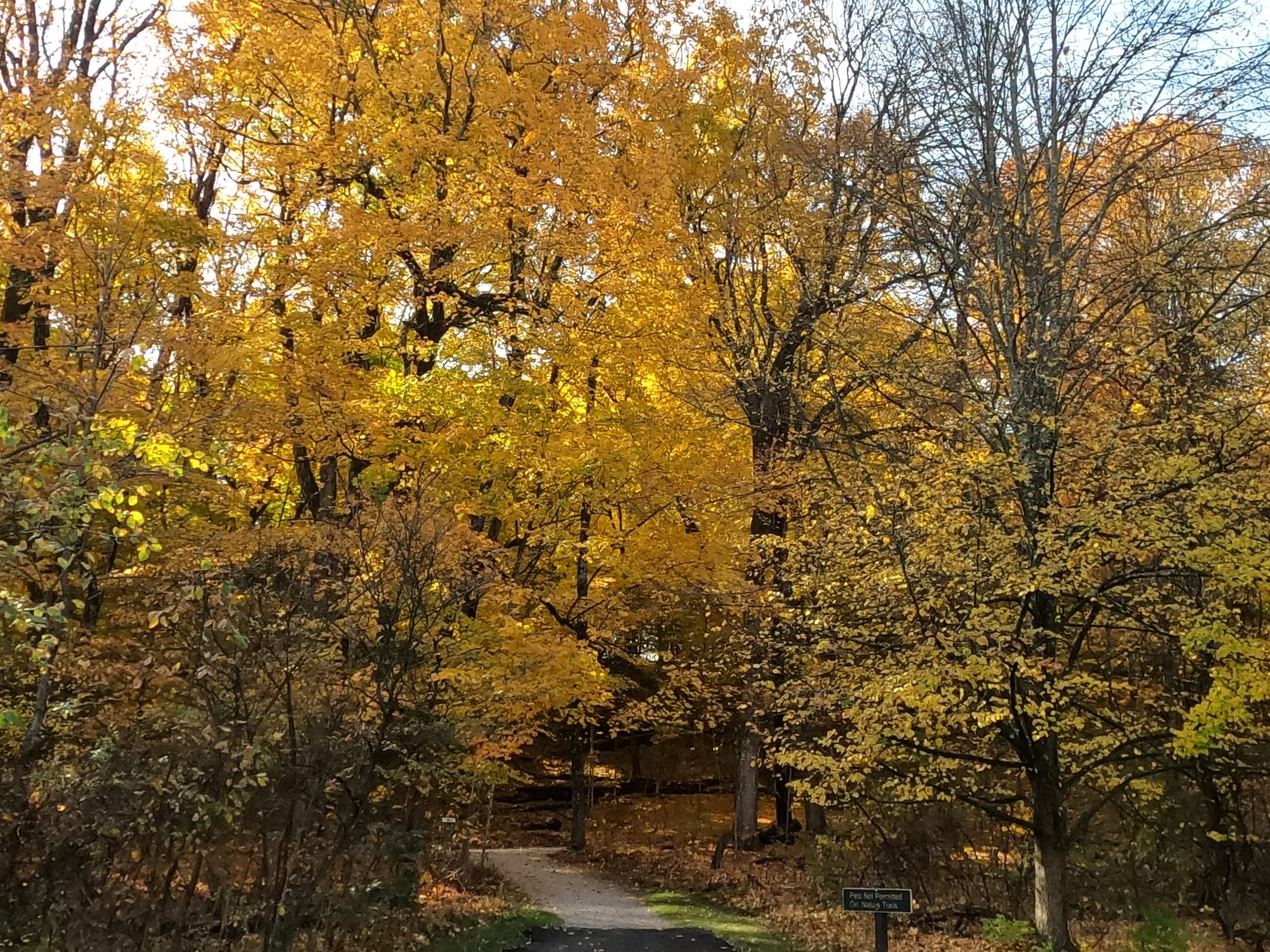
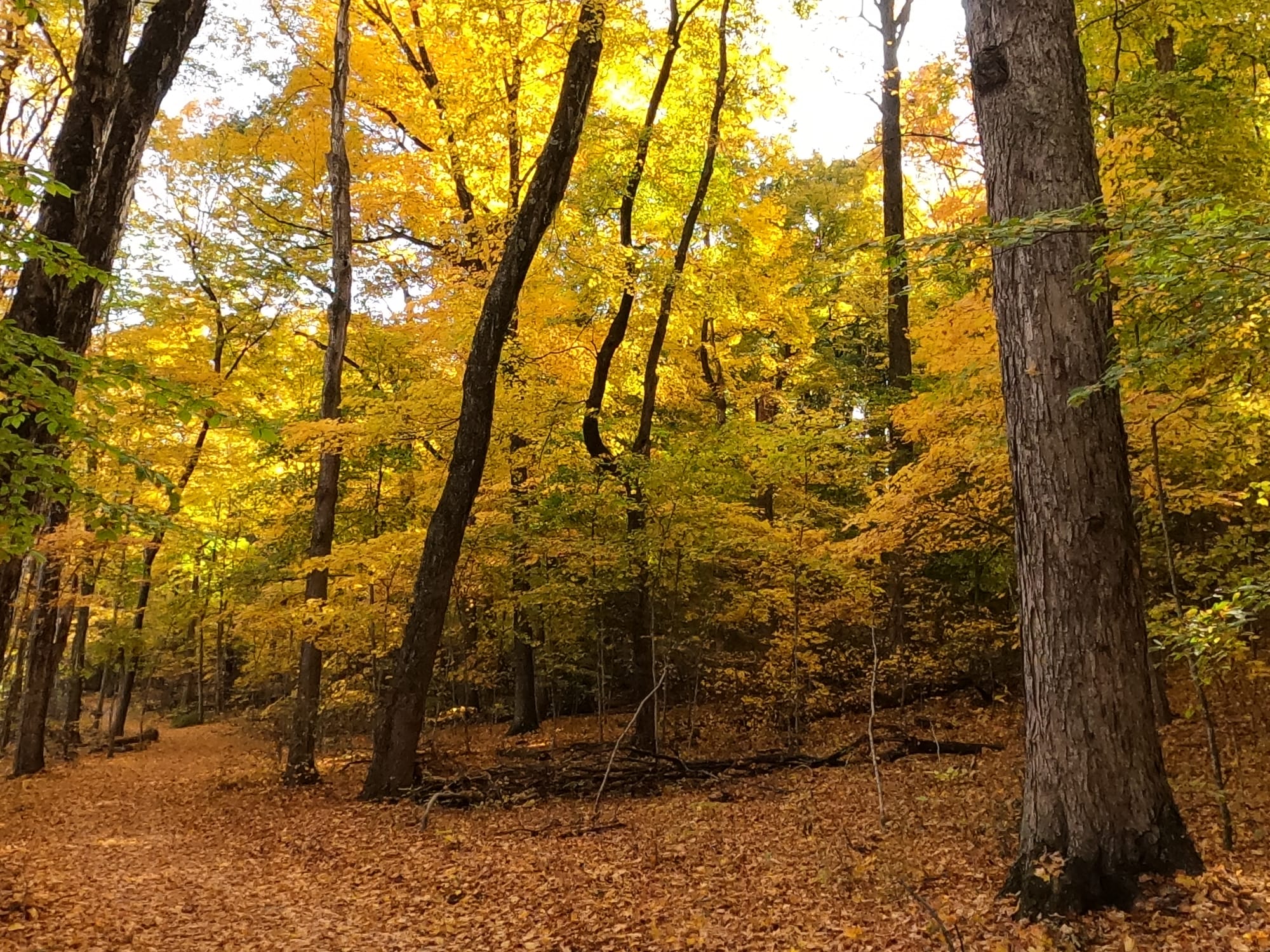

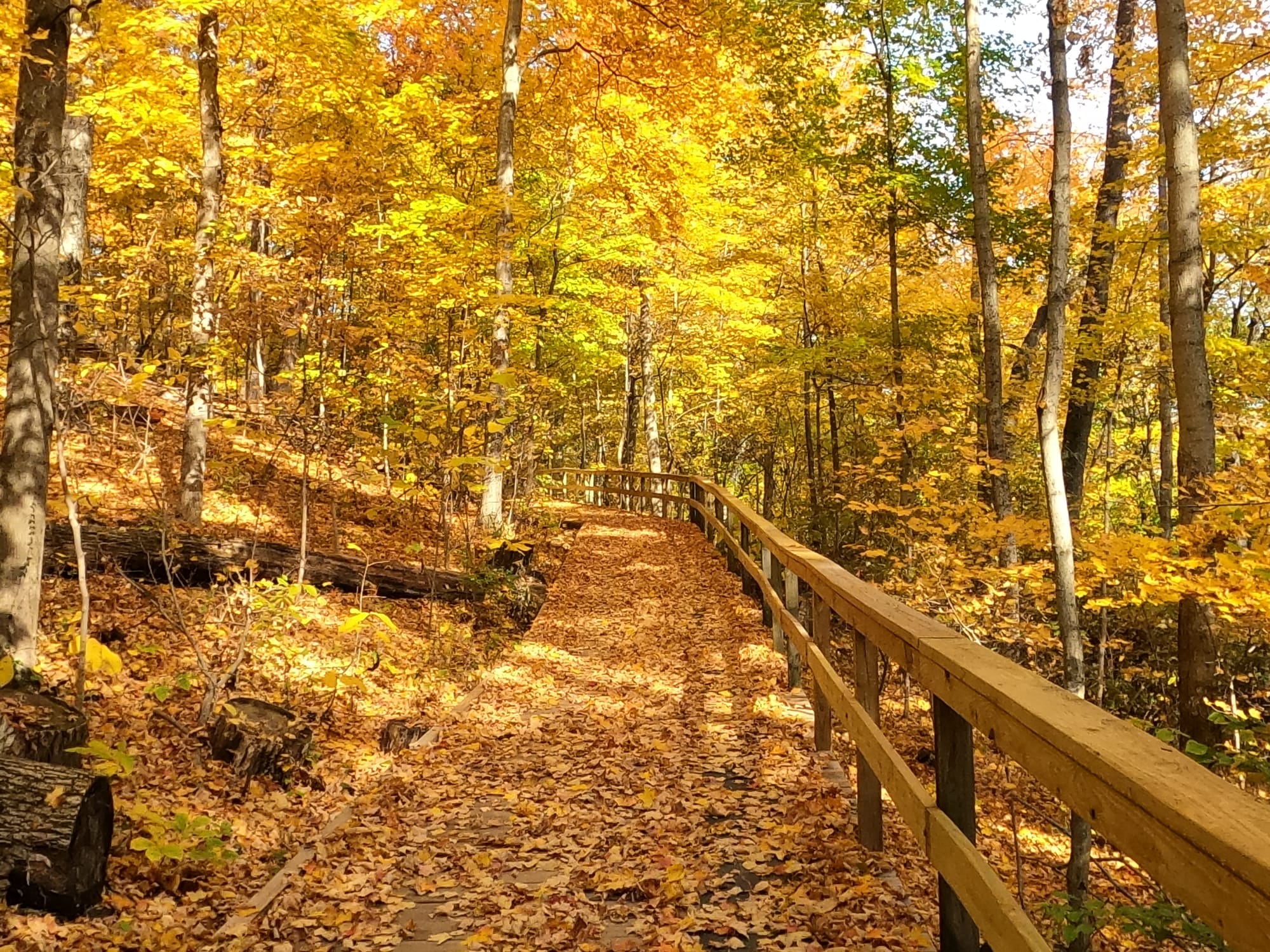

Park and Mountain Bike Trail Locations
Chestnut Ridge Metro Park is open daily from dawn until dusk. The park is located at 8445 Winchester Rd NW, Carroll, OH 43112. For more info, please visit Metroparks.net.
Mountain Bike Trail, 5260 Mason Rd., Canal Winchester, OH 43110
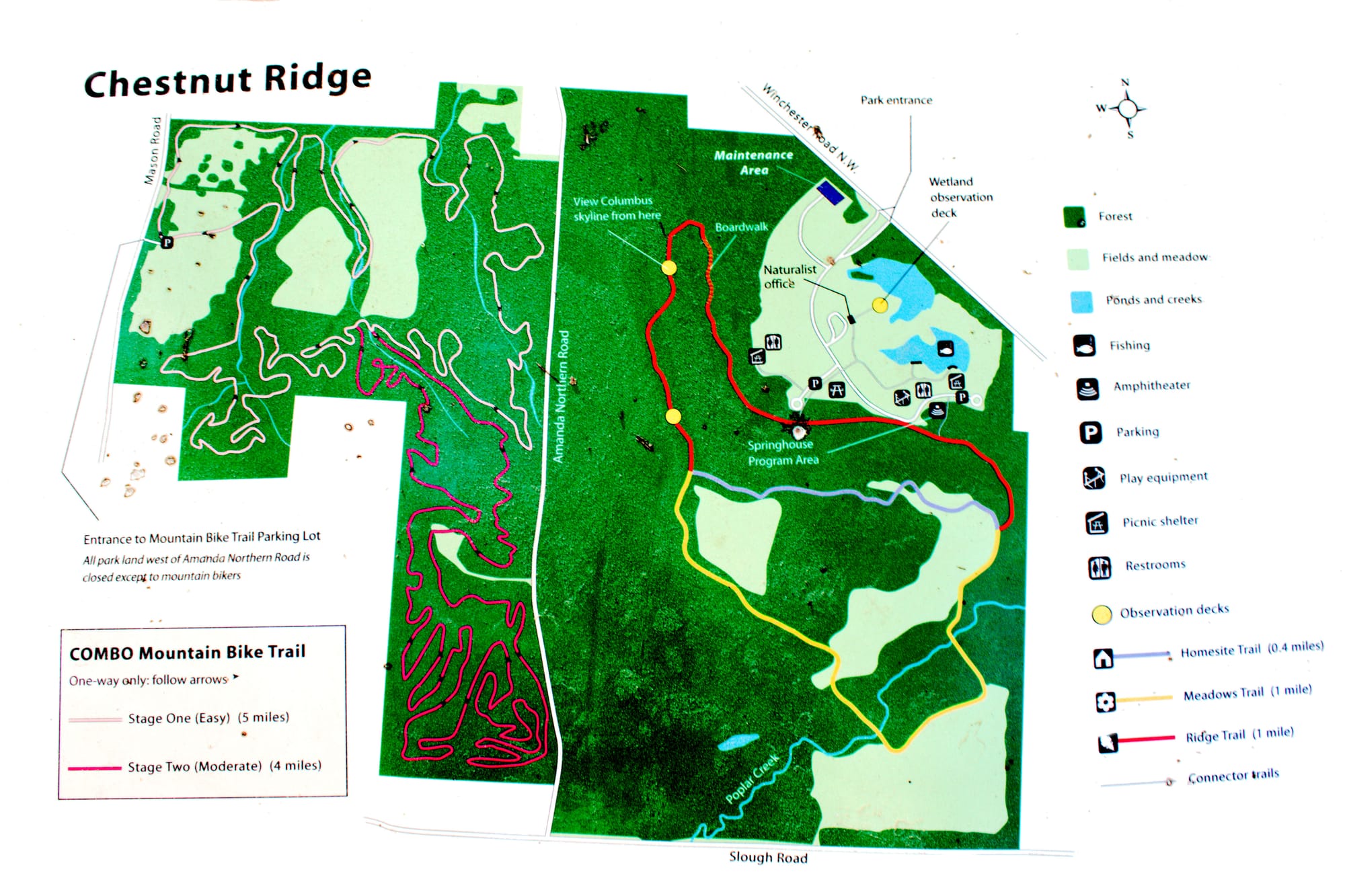
Hiking Trails
Chestnut Ridge features a variety of trails suitable for different activities, including hiking, and biking. Here are the trails:
- Chestnut Ridge Trail:
- Length: Approximately 2 miles
- Difficulty: Moderate
- Features: This trail offers a scenic route through wooded areas with some elevation changes.
- Cedar Ridge Trail:
- Length: About 1.5 miles
- Difficulty: Moderate to challenging
- Features: This trail includes steeper sections and rocky terrain, making it suitable for more experienced hikers.
- Meadow Trail:
- Length: Approximately 1 mile
- Difficulty: Easy
- Features: This is a flatter, more accessible trail that winds through open meadows, perfect for families and beginners.
- Limestone Trail:
- Length: Roughly 3 miles
- Difficulty: Moderate
- Features: Offers a mix of wooded and open sections with some elevation changes.
- Homesite Trail:
- Length: 0.4 mile trail
- Difficulty: Moderate
- Features: The path is gravel and the takes you through woods, fields, past an orchard and the remnants of a homestead, all while connecting the Ridge and Meadows trails.
- Milkweed Trail:
- Length: 0.5 mile trail
- Difficulty: Moderate
- Features: The easiest trail to hike at the park is the Milkweed trail. You’ll see some adorable little animals on this trail as it’s the pet-friendly trail.
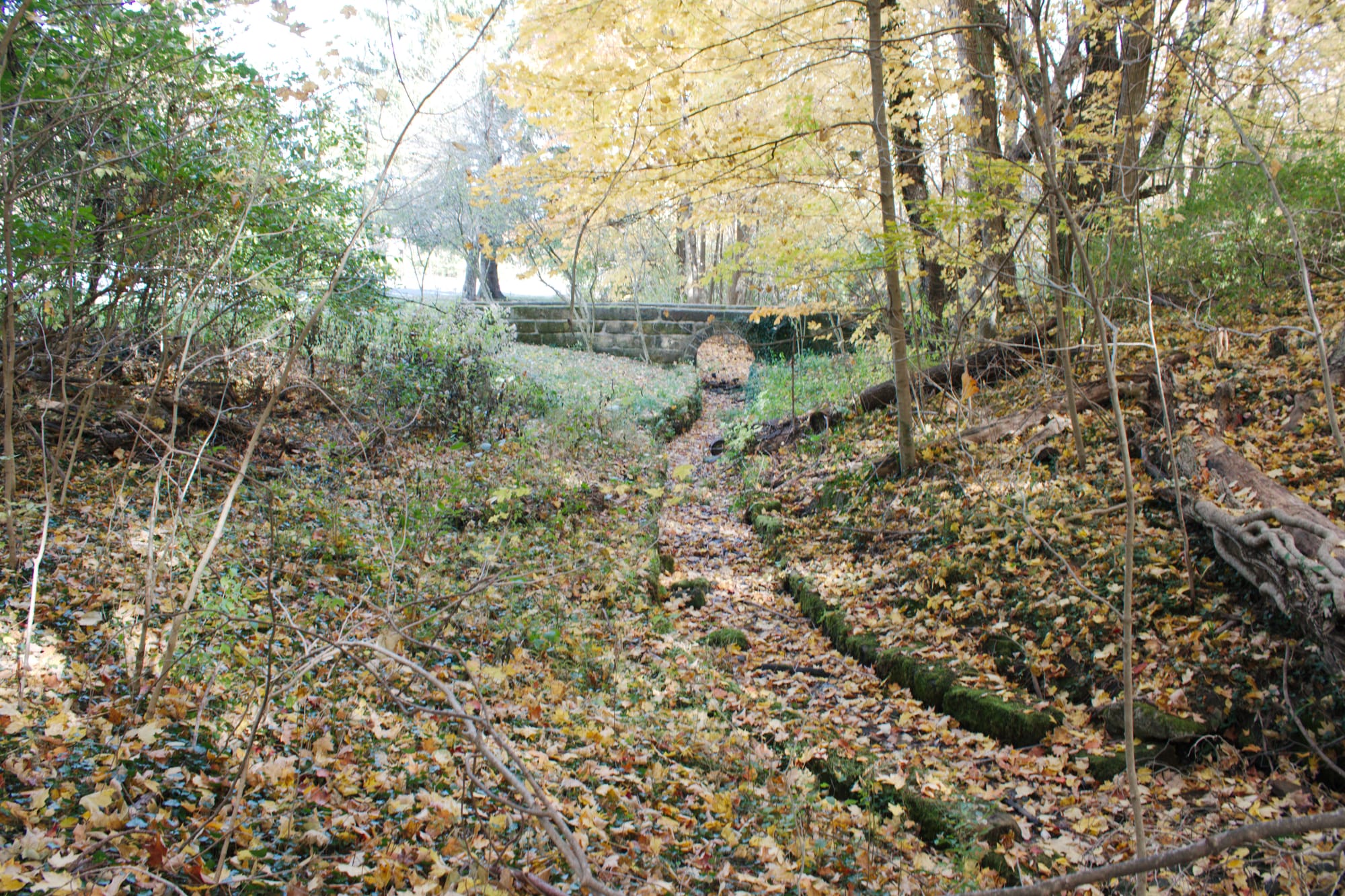
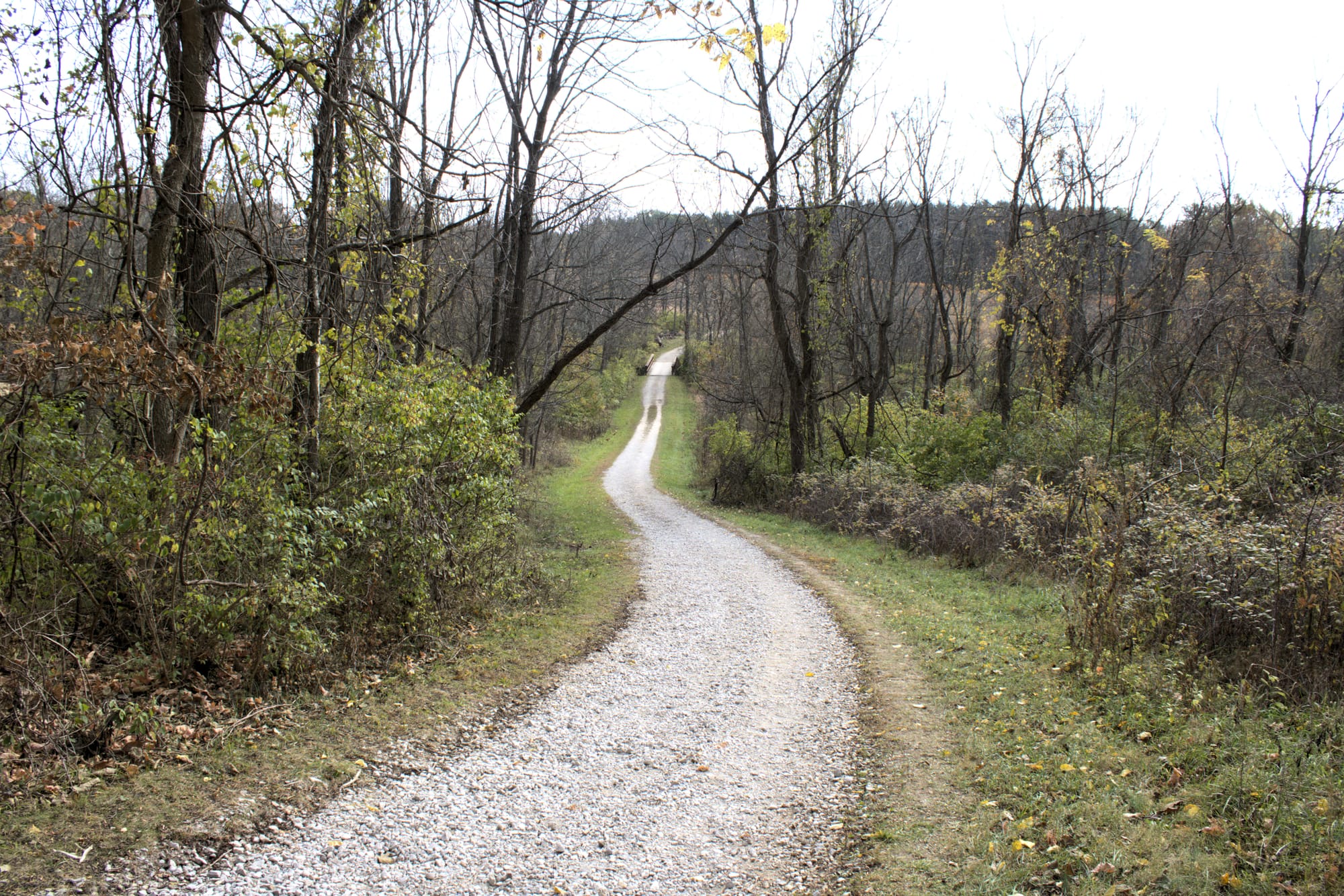
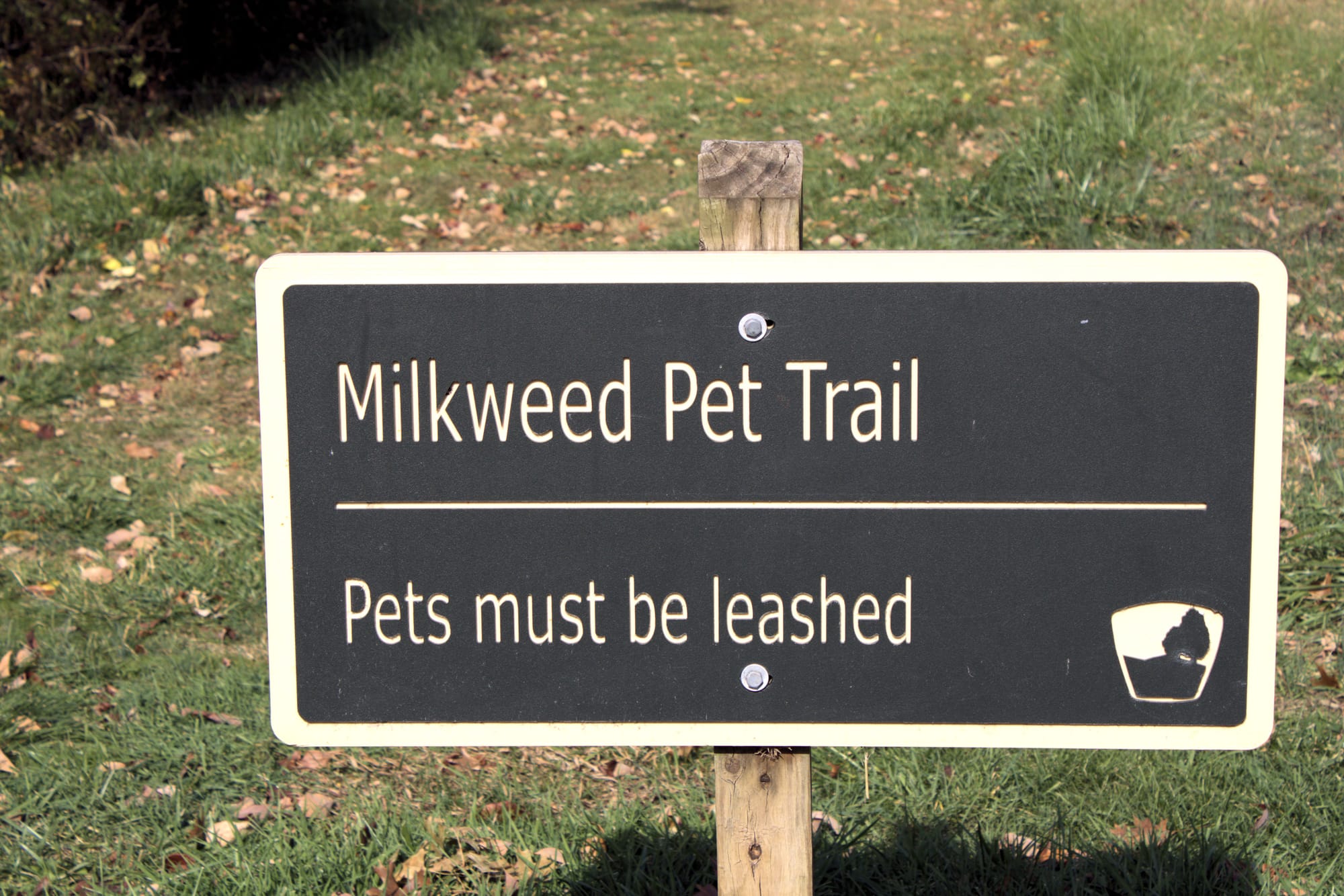
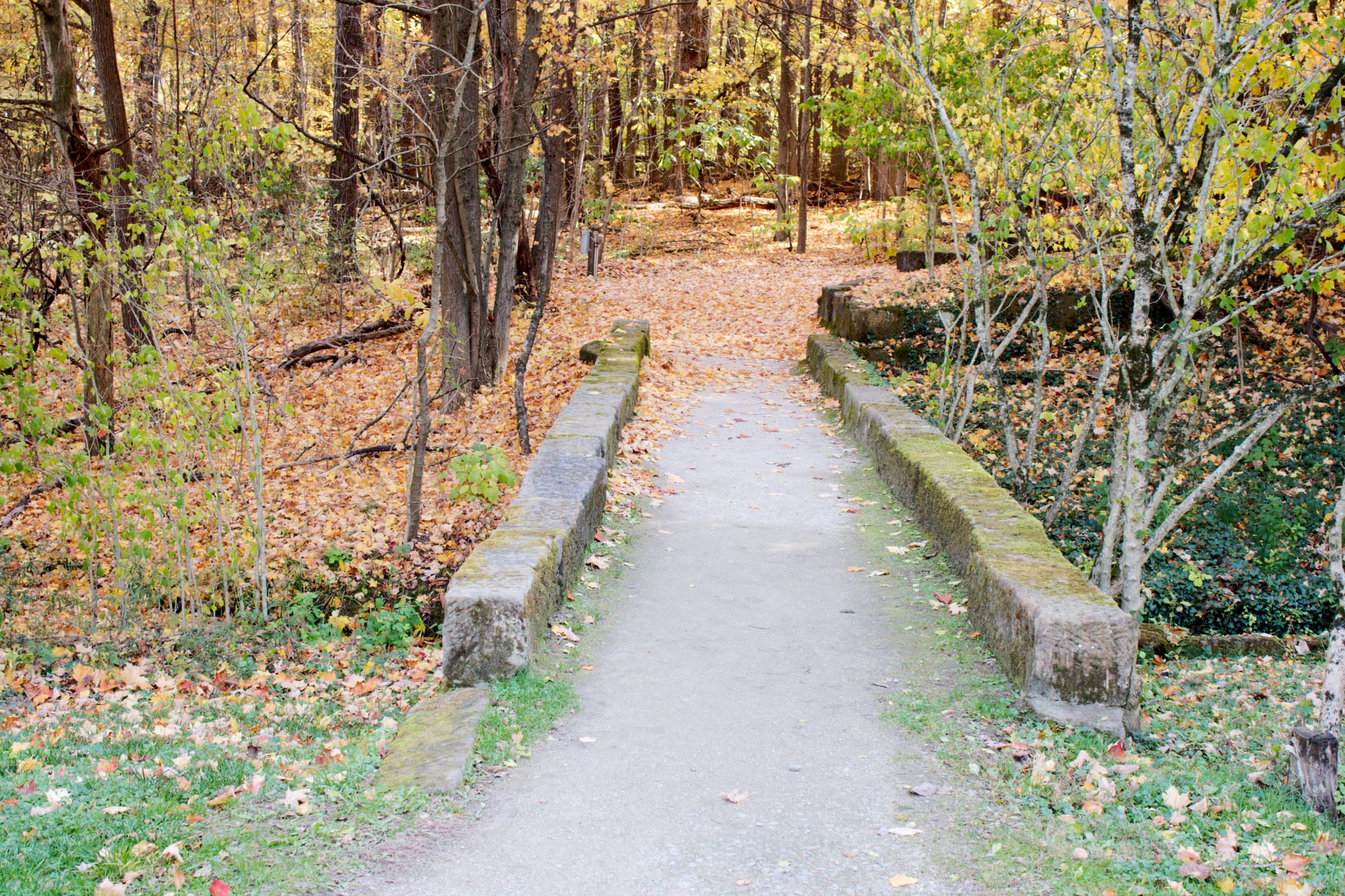
Becoming a Metro Park
A park history records the names of the original government-assigned purchasers of Chestnut Ridge. Fun fact: Presidents Jefferson and Madison were apparently listed on the original deeds of sale.
Thereafter, ownership of the park property, in different parcels, passed through a succession of hands. One parcel was sold by a Robert Heer to the Metro Parks on April 27, 1975; another, by Ervin and Erie L. Moore, on June 12, 1964; a small parcel, by Warren J. and Ora G. Moore, on April 8, 1966; another parcel, by Catharine and Glenn Laws, on October 18, 1973; and a final parcel, by Louis, George, and John Bovnig and their wives, on January 17, 1963.
The park was labeled Chestnut Ridge Park in 1966. In the 1970s the park land was undeveloped and used as farmland. The park land was held by the Metro Parks for about 13-25 years before the park opened.
Chestnut Ridge Metro Park was officially opened December 18, 1988, at 7 a.m.
The mountain bike trails, spanning 7.5 miles, opened Sunday, October 16, 2011, at 10 a.m., and were inaugurated with a cookout.

History
Chestnut Ridge is situated on a narrow outcropping of Blackhand sandstone, deposited more than 300 million years ago when Ohio's ancient ocean drained from the land. Long ago the American chestnut trees covered the slopes of the ridge.
Early settlement
Ebenezer Buckingham performed the initial survey of the land that included Chestnut Ridge in 1801.
The agriculture of the area, in the earlier nineteenth century, included general farms raising corn with plenty of pigs and sheep, and some cows.
Area farms became more focused on fruit orchards after mid-century.
By 1880, some 75% of park land was improved. The names of the farmers indicate the area was mostly settled by ethnic Germans from Pennsylvania.
The Wagners
In the early 1900s, the ridge was home to orchards and farms, including one established by John Ovid Wagner and Catherine Cleland Wagner, who planted a large apple orchard featuring 40 varieties of apples. The area also had a stone quarry and several homesteads.
The chestnut blight arrived with a vengeance on the east coast in the early 1900s. The blight was first reported in the area of New York City in 1904. In the following decades, the blight devastated the grand old chestnut trees of the whole eastern portion of the country. The blight reached Chestnut Ridge in the 1930s and 40s, wiping out the old trees that gave the place its name.
It spread westward moving up to 50 miles a year, killing every chestnut tree along the way. By the 1950s most of the trees that grew in the area were gone and today only a few blight-resistant hybrid chestnut trees can be seen along the Homesite Trail.
Archaeological Significance
Within the park lies the Old Maid's Orchard Mound, an archaeological site dating back to the Adena culture. This 8-foot-tall mound is a burial site and is listed on the National Register of Historic Places, highlighting the area's significance to early Native American cultures.
Things To Do
Chestnut Ridge Metro Park offers a variety of recreational opportunities, including hiking trails, a fishing pond, picnic areas, and a mountain bike trail. The park's trails provide access to the ridge's summit. The park also preserves remnants of its agricultural past, such as the foundations of old homesteads and orchards.
Pet Areas
The Milkweed Trail is pet friendly. Pets also allowed to be in picnic areas, parking lots, and roadways. Dogs and cats are allowed to visit the park, but all pets must be on a leash no longer than 6 feet.
Birdwatching
The park is home to a huge variety of birds. Over 70 species of birds have been counted at the park in a single day. You can see wood ducks, mallards, and green herons by the pond and wetland area.
Fishing
Over at the 2-acre pond, you can fish. Visitors of all ages can fish for bluegill, largemouth bass, and channel catfish. Fishing is permitted in many Metro Parks, and in lakes and ponds, like the one at Chestnut Ridge, you won’t need a fishing license.
Note: Fishing at Chestnut Ridge is catch and release and catches cannot be taken away from the park.

Conclusion:
Chestnut Ridge Metro Park is one of my favorite parks in the Metro Park System. The trails are great, and the scenery is wonderful. I highly recommend hiking and relaxing at Chestnut Ridge Park. You won't regret it.


